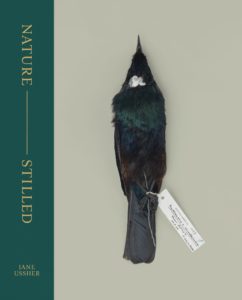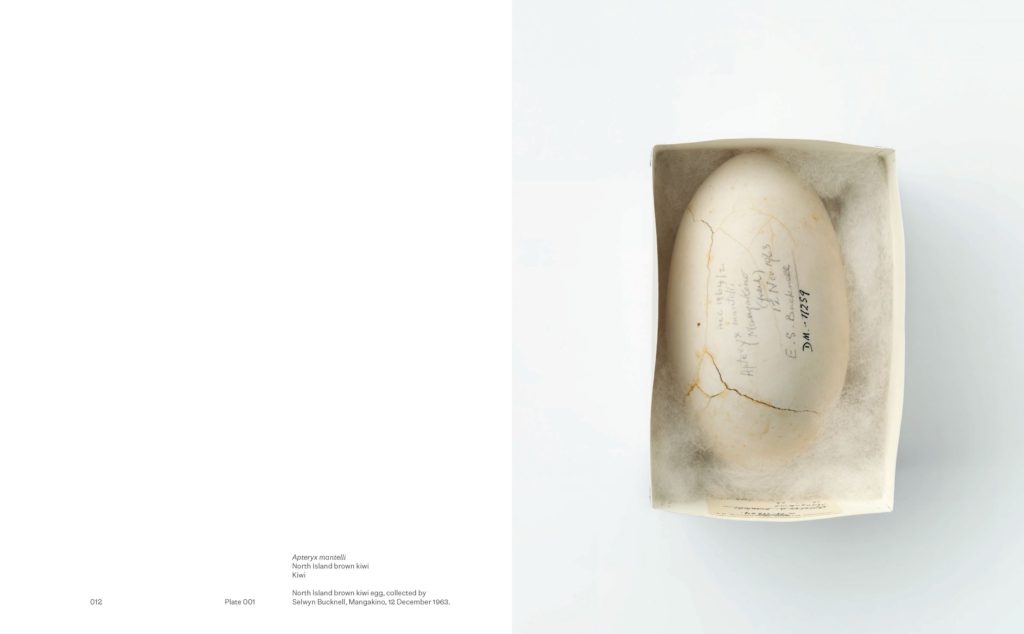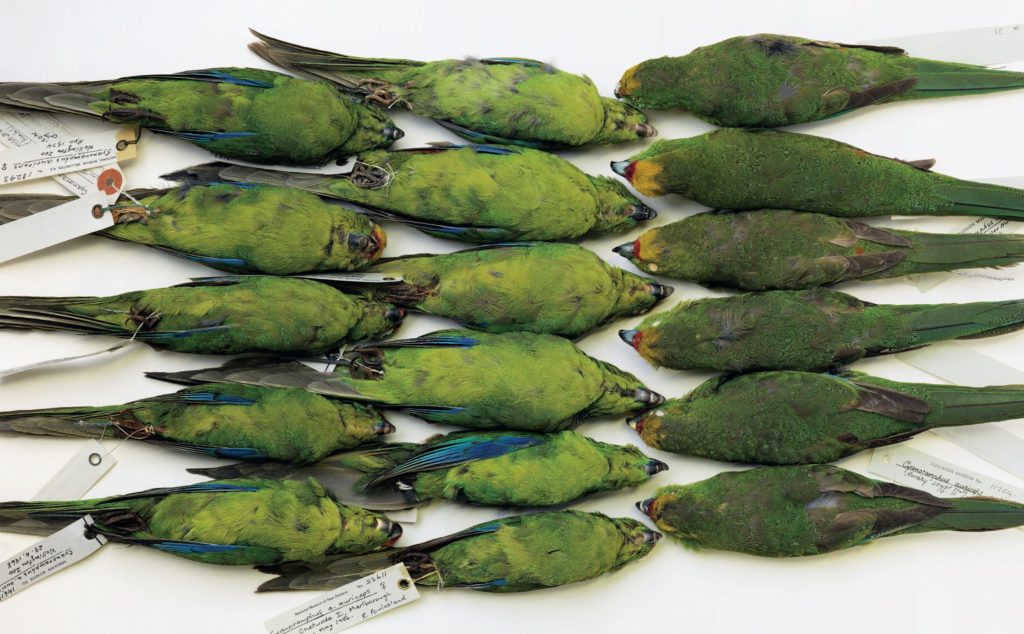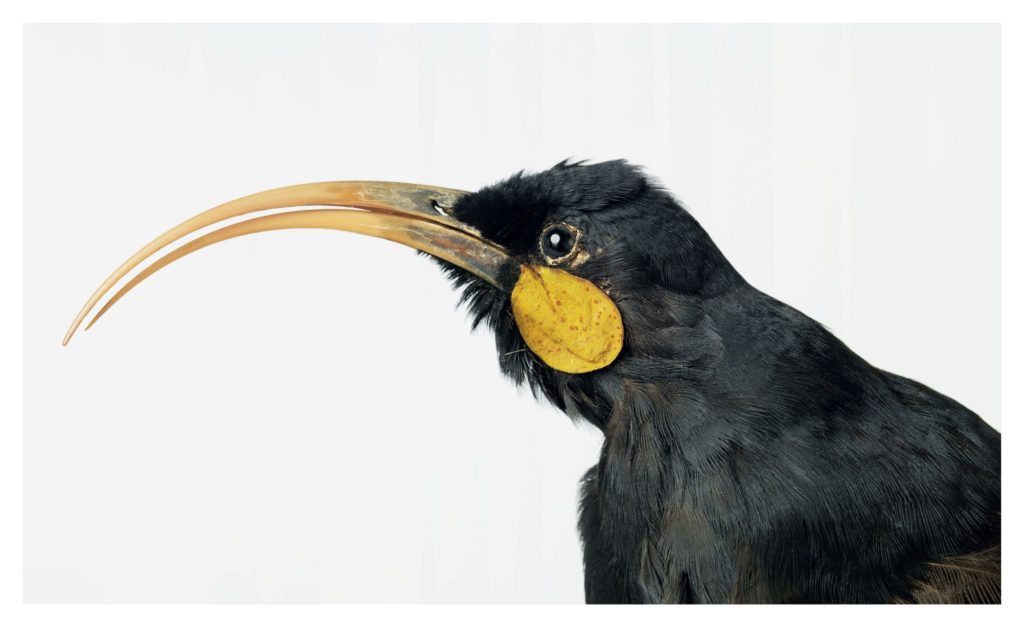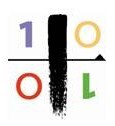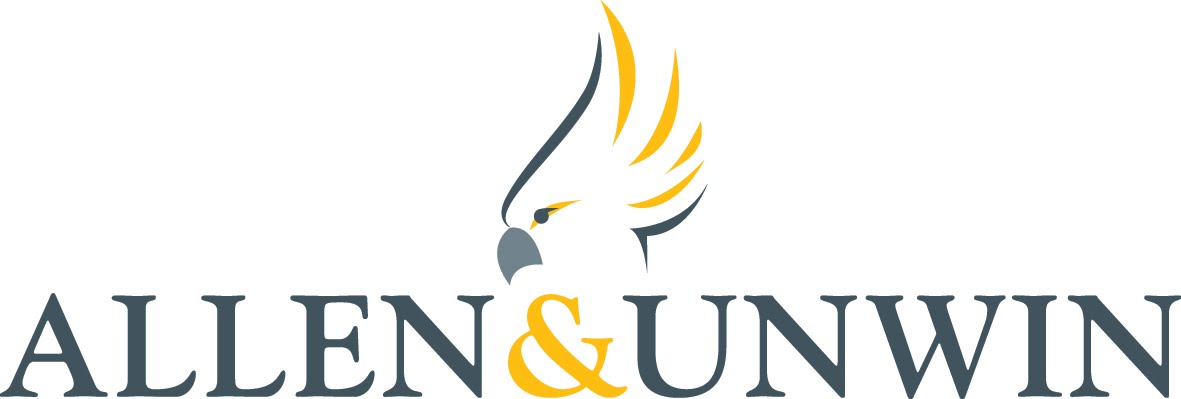Penguin Random House New Zealand
Award for Best Illustrated Book 2021
Finalist
Designers: Arch MacDonnell, Alistair McCready, Dean Foster, Jane MacDonnell, Inhouse Design.
Title: Nature—Stilled
Publisher: Te Papa Press
Format: 350 x 202mm, 4368pp, quarter-bound hardback.
Photographer Jane Ussher spent several weeks in Te Papa’s natural history collection storage areas capturing images of insects, fish, molluscs and botanical specimens. Despite the images being provided in obvious catalogue groupings, a bold move was made to reject this categorisation using a colour wheel to inform a chromatic plate sequence for the 157 images. The images were blurred to the point of abstraction to where the most essential colour could be distilled. Each image then became a colour swatch that could be assigned a value and placed within a colour wheel. Colour hues became a unique and consciously arbitrary way to navigate the natural world and curate the collection within the book’s interior pages. Rhythm is always critical in reader experience, the colour and scale of plates set an intentionally slow pace of movement. The grid is flexible to accommodate the varied proportions of the imagery throughout. Compositions have generous margins allowing each plate room to breathe.
Typography: Two custom fonts were used throughout, Pukeahu for the headlines and Still Sans, which was used for the body copy text. Both designed by Alistair McCready.
Nature—Stilled features two custom typefaces designed specifically for this publication; the display typeface, Pukeahu, is inspired by the foundation stone of the Dominion Museum (where many of the objects were once housed) and the body copy (Still sans) draws on type-centric ephemera from yesteryear’s museum catalogues. The text is easily read, and the forms robust, despite appearing delicate on the page.
Still Sans was specifically created for the publication Nature—Stilled by the book’s designers. The typeface draws on typographic ephemera from museum catalogues, resulting in a combination of old and new that suits the book’s amalgam of old-world museological atmosphere combined with a formal and spacious text grid.
The typeface is spread over six styles — thin, light, and regular with accompanying true italics. Given the numeral heavy nature of the book, both proportional and tabular, along with ¾ height numbers, were added to aid textural clarity. Intended for use below 12pt, the defining details of Still Sans are mainly found within the lower case. Peaked terminals and drastic ink traps mean the anatomy of each character is deceptively traditional while collectively offering a smooth texture on the printed page. A stiff, neo-grotesque nature is broken by moments of awkwardness, especially within the numeral sets where conservative treatment is tossed aside for more quirky, disobedient strokes. The design is both assured and humble — rooted in history yet contemporary in output.

